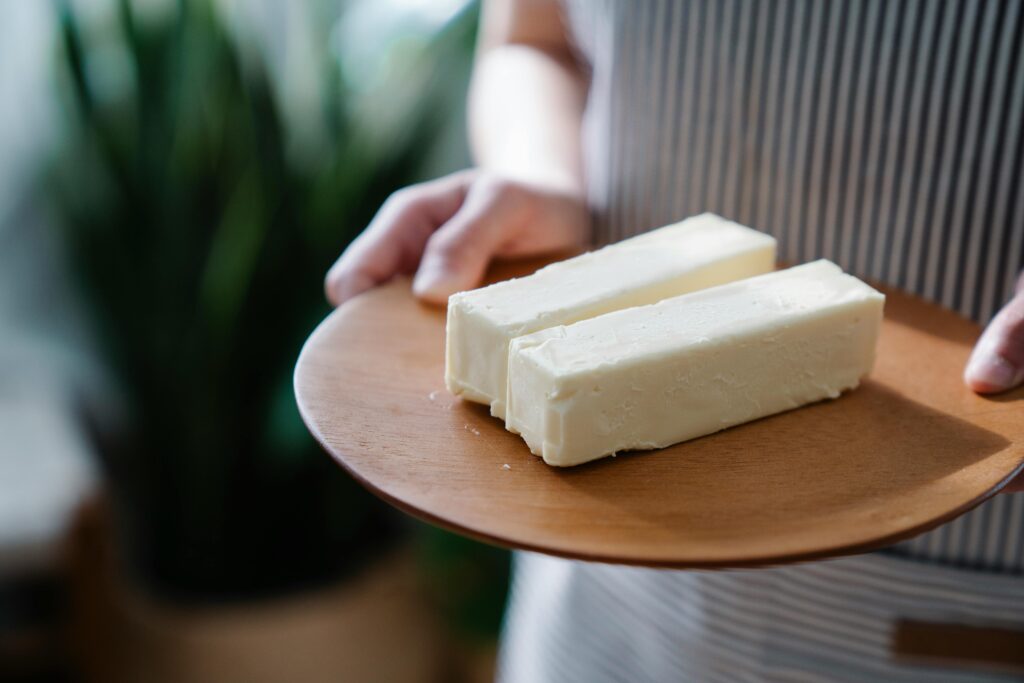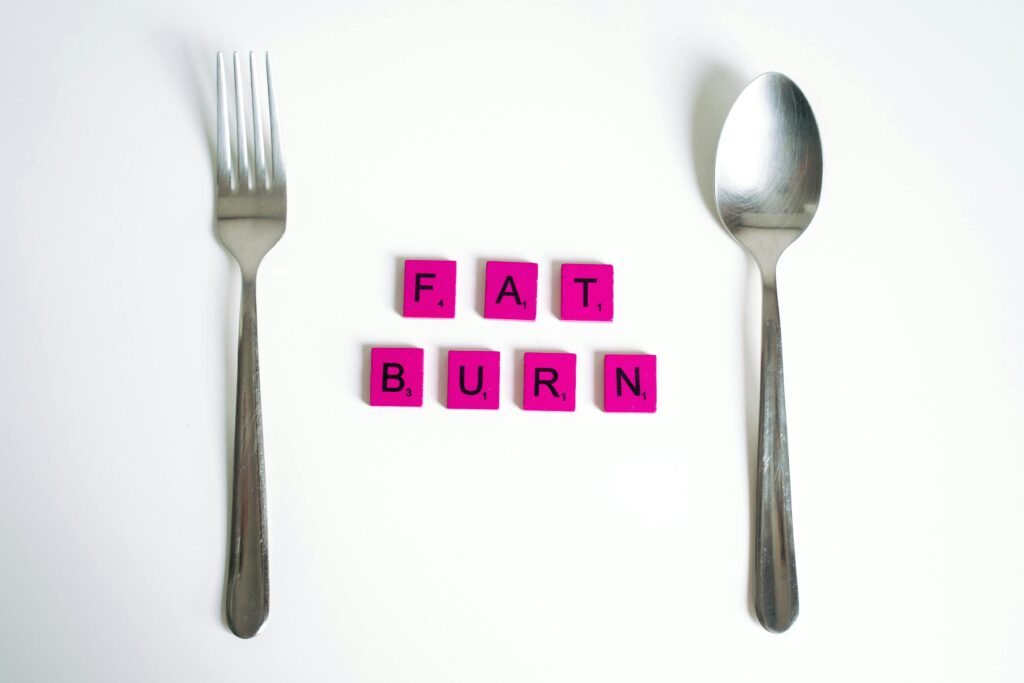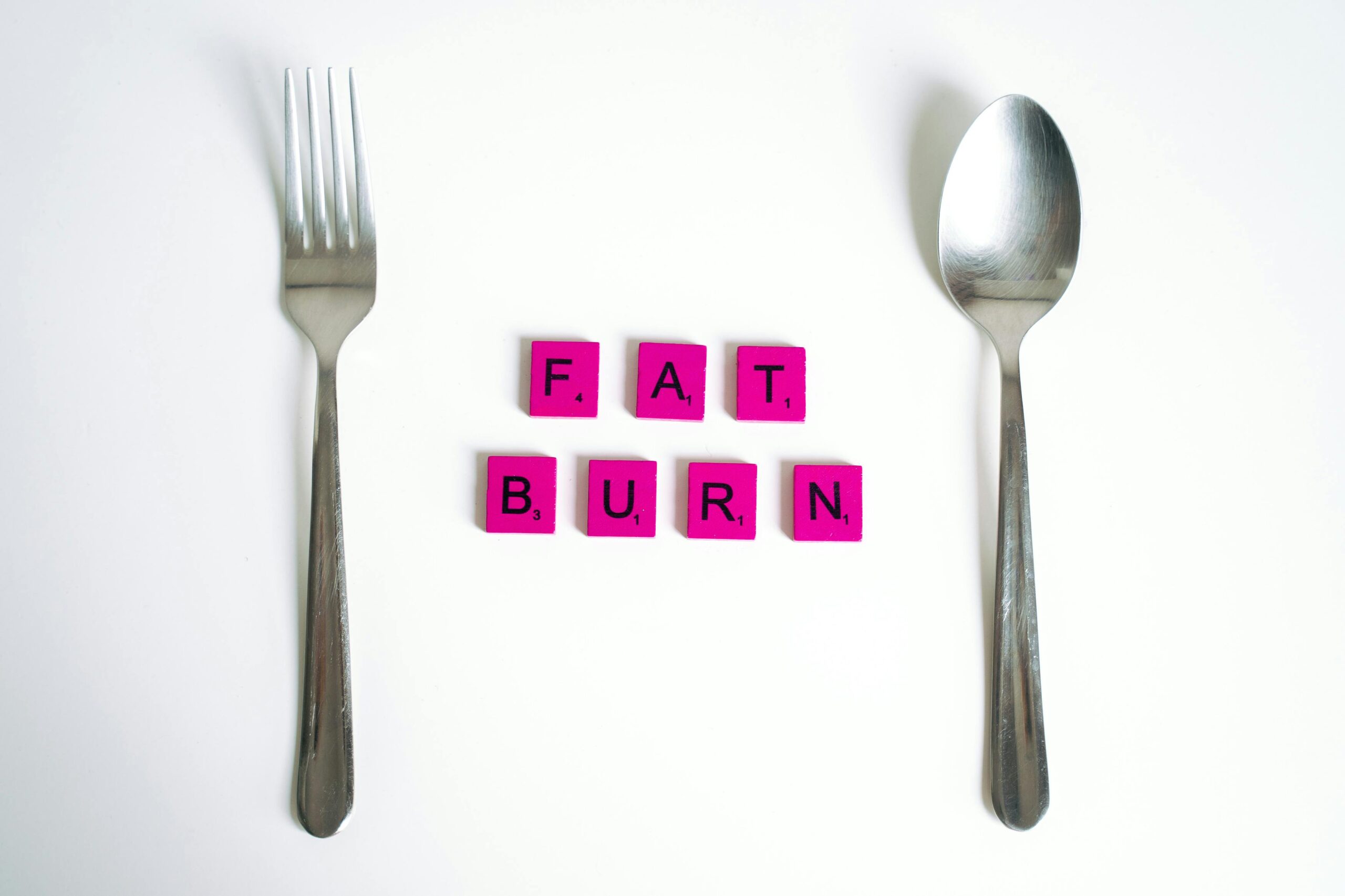Table of Contents
Achieving a lean, healthy body requires a combination of proper nutrition, exercise, and an efficient metabolism. One of the most crucial factors in this process is increasing caloric burn to support fat loss and overall well-being. When you burn more calories than you consume, your body taps into stored fat for energy, promoting weight loss and enhancing metabolic efficiency.
Fat loss is a complex process that involves multiple physiological functions, including hormonal balance, energy expenditure, and the body’s ability to utilize fat stores. Understanding how caloric burn contributes to fat loss will allow you to develop a sustainable and effective approach to reaching your goals.
In this comprehensive guide, we will explore how increased caloric burn affects metabolism, the best strategies to boost fat loss, and how to optimize your daily habits for sustainable results. Fat loss is not just about exercise but also about making informed lifestyle choices that enhance metabolic function and energy expenditure.

Understanding Caloric Burn and Metabolism
Metabolism refers to the chemical processes that occur within the body to maintain life, including the conversion of food into energy. It consists of three primary components:
- Basal Metabolic Rate (BMR) – The number of calories your body burns at rest to maintain vital functions such as breathing, circulation, and cell repair.
- Thermic Effect of Food (TEF) – The energy required to digest, absorb, and process nutrients from food.
- Physical Activity Energy Expenditure (PAEE) – The calories burned through movement, including exercise and daily activities.
To effectively lose fat, you must create a caloric deficit, meaning you burn more calories than you consume. This can be achieved by enhancing all three components of metabolism. Fat loss occurs when the body efficiently utilizes stored fat for energy, ensuring that excess weight is burned progressively and sustainably.
In addition to the three primary components, hormonal regulation plays a key role in fat loss. Hormones such as leptin, ghrelin, insulin, and cortisol influence hunger, energy expenditure, and fat storage. Properly balancing these hormones through diet, exercise, and stress management can significantly impact metabolism and caloric burn.
How to Increase Caloric Burn for Fat Loss
1. Engage in High-Intensity Interval Training (HIIT)
HIIT workouts involve short bursts of intense activity followed by rest periods. This type of training significantly increases caloric burn both during and after exercise due to the afterburn effect (excess post-exercise oxygen consumption or EPOC). HIIT is particularly effective for fat loss as it keeps metabolism elevated long after the workout ends.
Why HIIT Works for Fat Loss:
- Activates multiple energy systems: Engages both aerobic and anaerobic metabolism, allowing the body to burn more calories efficiently.
- Increases metabolic rate for extended periods: Research shows that HIIT can boost metabolism for up to 24 hours post-exercise, leading to prolonged fat oxidation.
- Enhances cardiovascular fitness: HIIT improves heart and lung efficiency, which helps in better oxygen utilization and endurance.
- Short yet effective: HIIT workouts can be completed in as little as 15-30 minutes while delivering superior fat loss results compared to steady-state cardio.

Examples of HIIT workouts:
- Sprint Intervals: 30 seconds of sprinting, followed by 30 seconds of walking, repeated for 20 minutes.
- Bodyweight HIIT Circuits: Burpees, jumping squats, and mountain climbers in timed circuits.
- Equipment-Based Intervals: Rowing, cycling, or jump rope sessions with high-intensity bursts.
2. Strength Training to Build Lean Muscle
Muscle tissue is metabolically active, meaning it burns more calories at rest compared to fat tissue. By incorporating strength training, you can boost your BMR and improve body composition. More muscle mass leads to a more efficient calorie-burning process, enhancing fat loss over time.
How Strength Training Aids Fat Loss:
- Increases resting metabolic rate (RMR): Muscle requires more energy to maintain than fat, leading to higher calorie burn even when at rest.
- Enhances fat oxidation: Strength training helps the body use fat as fuel, reducing stored fat over time.
- Prevents muscle loss during weight loss: Losing weight through diet alone can cause muscle breakdown; strength training ensures that weight loss comes from fat, not muscle.
Effective strength training exercises:
- Lower Body Strength: Squats, deadlifts, lunges to build strong legs and glutes.
- Upper Body Strength: Push-ups, bench presses, and shoulder presses for upper body toning.
- Compound Movements: Deadlifts, pull-ups, and kettlebell swings that engage multiple muscle groups for higher calorie expenditure.

3. Increase Daily Activity Levels
Non-exercise activity thermogenesis (NEAT) refers to the calories burned from daily activities outside of structured workouts. Increasing NEAT is an excellent way to enhance metabolism and fat loss.
Ways to increase daily movement:
- Take the stairs: Opt for stairs over elevators whenever possible.
- Walk more: Park farther away, take walking breaks, or use a treadmill desk.
- Stand instead of sitting: A standing desk can increase calorie expenditure significantly over time.
- Household chores: Cleaning, gardening, and cooking all contribute to increased movement and higher calorie burn.
4. Optimize Nutrition for Maximum Caloric Burn
Eating the right foods can help boost metabolism and increase fat-burning potential. A diet tailored for fat loss should focus on nutrient-dense, metabolism-boosting foods.
Key nutrition strategies:
- Protein-Rich Diet: Protein has a high thermic effect, meaning the body burns more calories digesting it compared to fats or carbohydrates. Include lean meats, eggs, fish, legumes, and dairy.
- Healthy Fats: Avocados, nuts, and olive oil support hormonal balance and fat metabolism.
- Spicy Foods: Capsaicin, found in chili peppers, enhances metabolism and fat oxidation.
- Green Tea and Coffee: These beverages contain caffeine and catechins, which can increase metabolic rate and energy expenditure.
- Hydration: Drinking cold water increases thermogenesis, as the body uses energy to heat the water to body temperature.
5. Get Quality Sleep and Manage Stress
Lack of sleep and chronic stress can lead to hormonal imbalances that slow metabolism and promote fat storage. Stress increases cortisol levels, which encourages fat retention, especially around the abdominal area.

Tips for better sleep and stress management:
- Aim for 7-9 hours of quality sleep per night.
- Practice mindfulness, meditation, or yoga to reduce cortisol levels.
- Avoid late-night eating, which can interfere with metabolism.
- Maintain a consistent sleep schedule to regulate hormones and support metabolic function.
Conclusion
Increasing caloric burn is a key strategy for boosting metabolism and promoting sustainable fat loss. By incorporating HIIT, strength training, daily movement, proper nutrition, quality sleep, and other metabolic-enhancing strategies, you can optimize your body’s ability to burn calories efficiently.
Sustainable fat loss requires dedication, but with the right approach, anyone can enhance their metabolic rate and achieve their fitness goals. Implementing these scientifically backed strategies will help maximize calorie burn and support a healthier, more active lifestyle.


